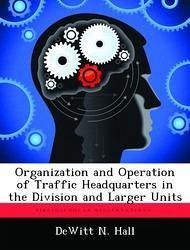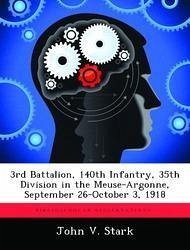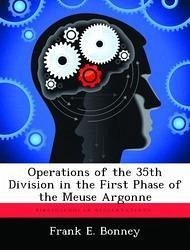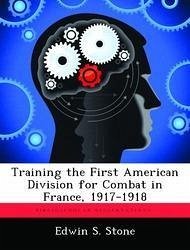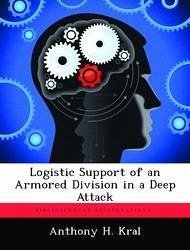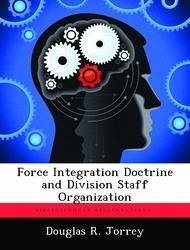
Force Integration Doctrine and Division Staff Organization
Versandkostenfrei!
Versandfertig in über 4 Wochen
52,99 €
inkl. MwSt.
Weitere Ausgaben:

PAYBACK Punkte
26 °P sammeln!
Over the past several years the Army has experienced difficulty in managing the introduction, incorporation and sustainment of new doctrine, organizations and equipment. Especially hard pressed were the Army's divisions, faced with assimilating these changes without disrupting day-to-day training and sustainment operations. In 1989, guidelines were published in FC 100-11: Corps/Division Force Integration to assist division commanders and their staffs in accomplishing this difficult task. Force integration is a comprehensive, logical way to view, plan for, implement and sustain change. It allow...
Over the past several years the Army has experienced difficulty in managing the introduction, incorporation and sustainment of new doctrine, organizations and equipment. Especially hard pressed were the Army's divisions, faced with assimilating these changes without disrupting day-to-day training and sustainment operations. In 1989, guidelines were published in FC 100-11: Corps/Division Force Integration to assist division commanders and their staffs in accomplishing this difficult task. Force integration is a comprehensive, logical way to view, plan for, implement and sustain change. It allows a division to gain control of, and efficiently implement change with minimal disruption to current operations and capabilities. The division staff plays a crucial role in the force integration process by synchronizing the broad range of agencies and actions that are involved. Many of the problems experienced by divisions early on were a result of poor staff performance due in part to structural shortcomings. Because of this, most divisions have made adjustments to the general staff organization to facilitate staff efforts in managing and integrating change. This study examines those shortcomings and remedies.




